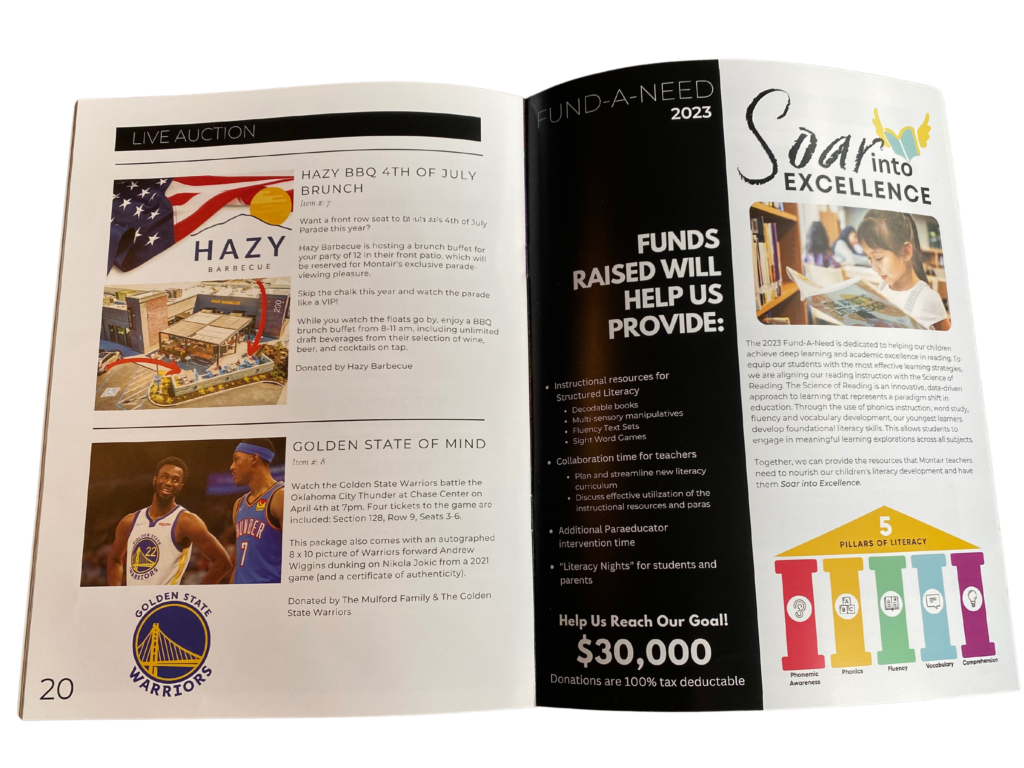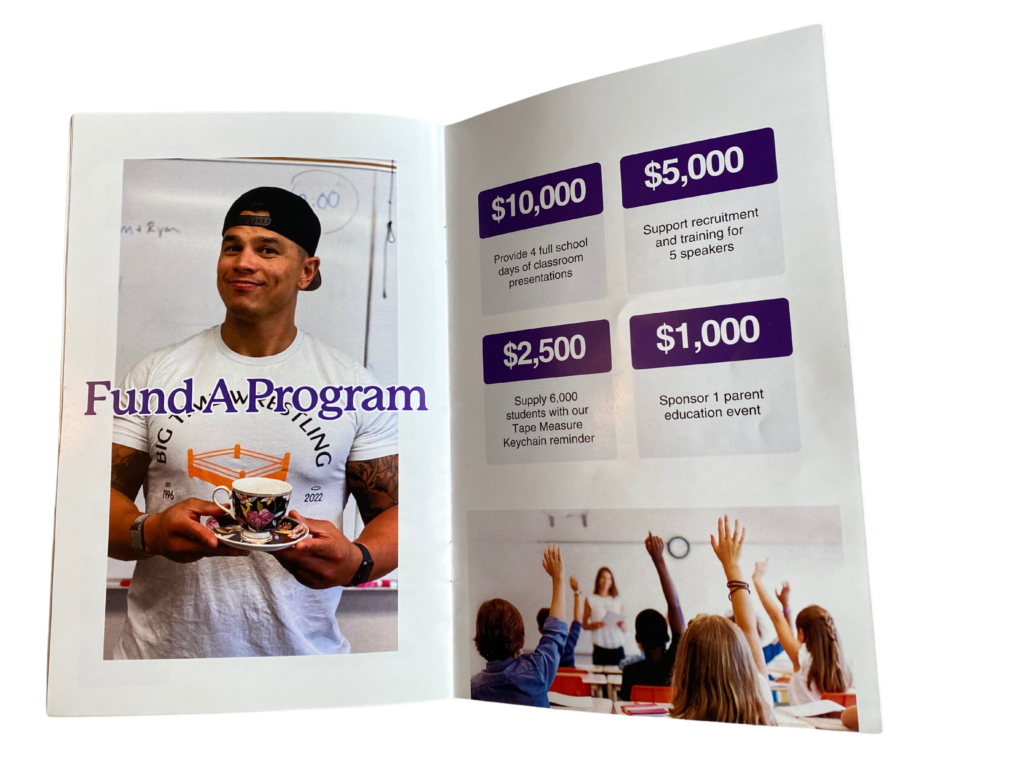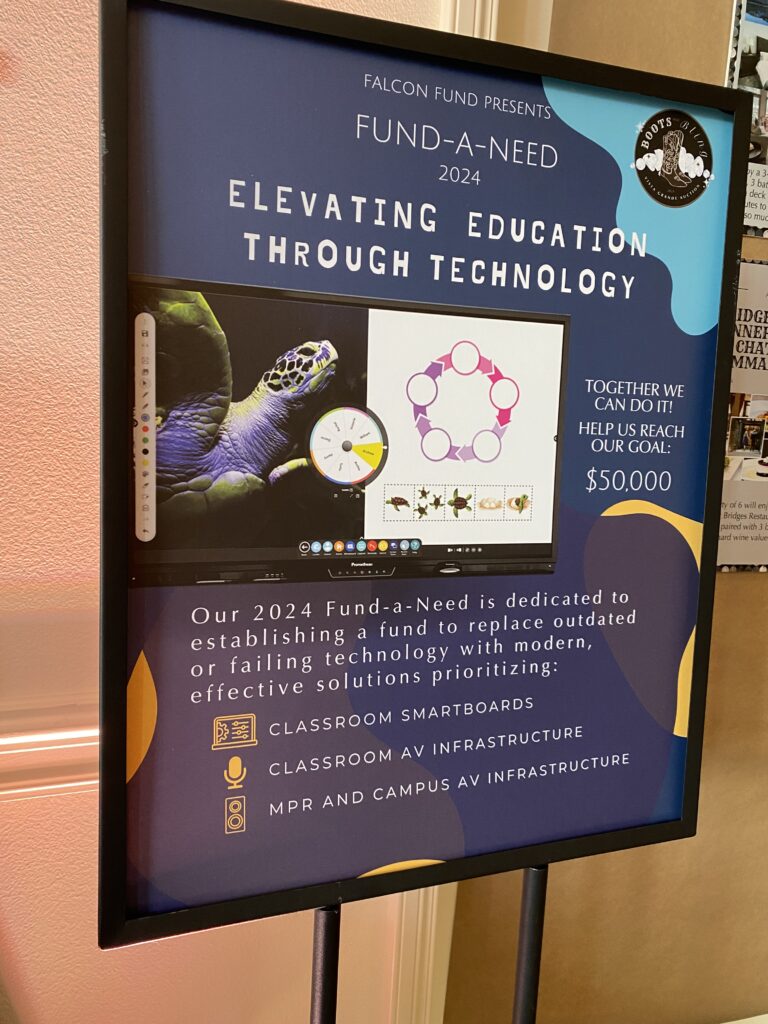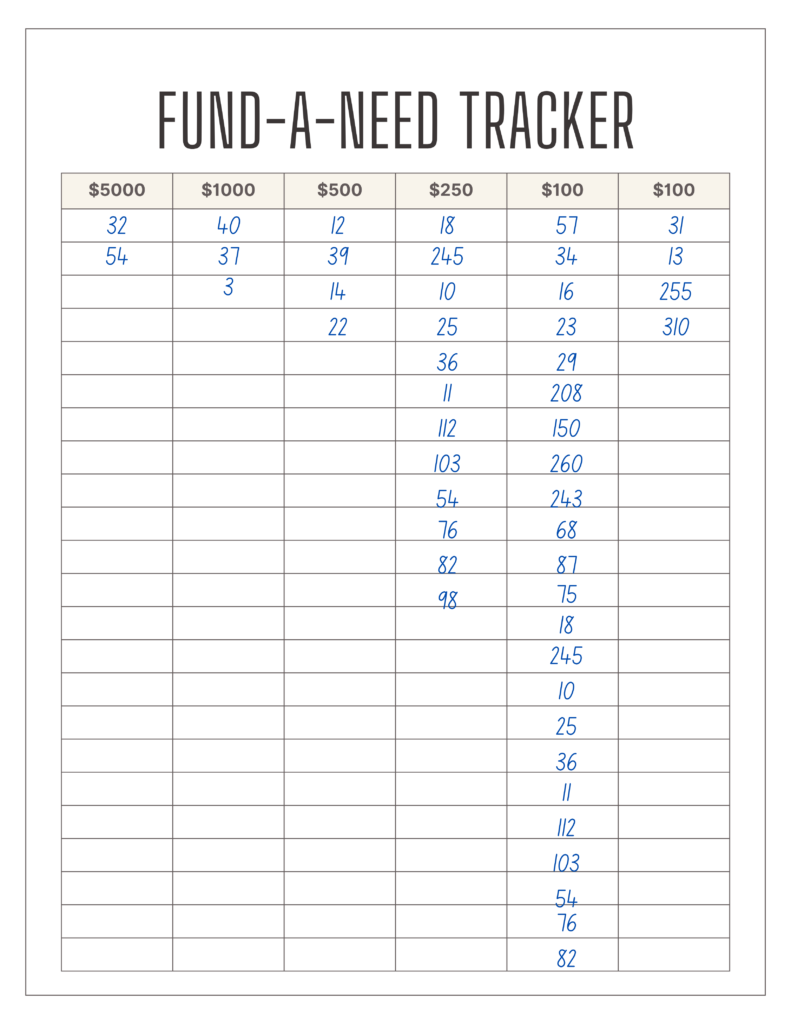This post may contain affiliate links, meaning I get a commission if you decide to make a purchase through my links, at no cost to you.

What is Fund-A-Need?
(aka Special Appeal, Paddle Raise, Fund-A-Program, Cash Appeal)
Fund-A-Need is a focused, heartfelt fundraising moment within an auction where guests pledge to support a single, high-priority project. Rather than bidding on items, guests make donations that go directly toward funding a specific need. For schools, this can be anything that benefits the students and teachers: new technology, play equipment, or infrastructure improvements.
Inform your Guests
Feature your Fund-A-Need prominently in the auction catalog with a brief project description, impact, and why it matters, so guests connect with the mission in advance. You can also display a large poster at the event entrance to reinforce the goal, inspiring guests to participate when the live appeal begins.



Setting the Stage: Introduce Fund-A-Need with a Video
To grab guests’ attention and get them invested in the cause, kick off Fund-A-Need with a short video that highlights why the project is important. The video should be around 1-2 minutes long and visually compelling. Here’s what to include:
- Interviews with students or teachers who can share firsthand why the project matters to them.
- Footage of the area needing improvement (like a worn-out playground or classroom in need of updated tech) to give guests a clear picture of the need.
- A vision of the outcome so guests can see the transformation their donations will help create.
The goal of the video is to create an emotional connection and inspire guests to support a cause that directly impacts the school community.
Break Down Donations into Manageable Levels
To encourage participation at various levels, divide the fundraising goal into manageable chunks or donation levels. This allows everyone in the room to participate in the way that suits them best. Here’s an example of how to structure these levels:
- $10,000 donations – Covers core project elements, like large playground equipment or multiple new computers.
- $5,000 donations – Supports major parts of the project, such as new seating areas or several tablets for classrooms.
- $2,000, $1,000, $500, $250, $100 donations – Allows donors to contribute smaller amounts that add up, so everyone can feel involved.
Efficiently Tracking Fund-A-Need Donations
With donations coming in quickly, it’s essential to have a solid system for tracking Fund-A-Need pledges as they’re made. Here’s a step-by-step approach to keep things organized and accurate:

- Prepare a Tracking Chart
Create a chart with columns for each donation level, like $10,000, $5,000, $2,000, and so on. Each column will have space for bid numbers so you can record who pledged at each level. I have one that I created and use for my events in my templates + printables section, or you can purchase it here. - Assign Volunteers for Real-Time Tracking
Have at least three volunteers assigned to track the donations. As the auctioneer announces each pledge, these volunteers will write down the bid numbers in the appropriate column. It’s important that volunteers listen carefully to the auctioneer’s announcements and write only the numbers they hear, rather than guessing based on hand-raises. - Triple-Check for Accuracy
After each level of donations is complete, volunteers should quickly verify their lists with each other to make sure they all have the same information recorded. This triple-check step helps ensure there are no errors in the recorded pledges. - Final Review and Runner to Input
Once all bid numbers are confirmed, a designated “runner” can bring the verified sheet to the person responsible for inputting the Fund-A-Need donations into the auction system. This final step ensures all donations are recorded accurately for check-out.
Fund-A-Need is a powerful part of the evening where everyone can join in, creating the biggest impact together. Good luck reaching your goals!
